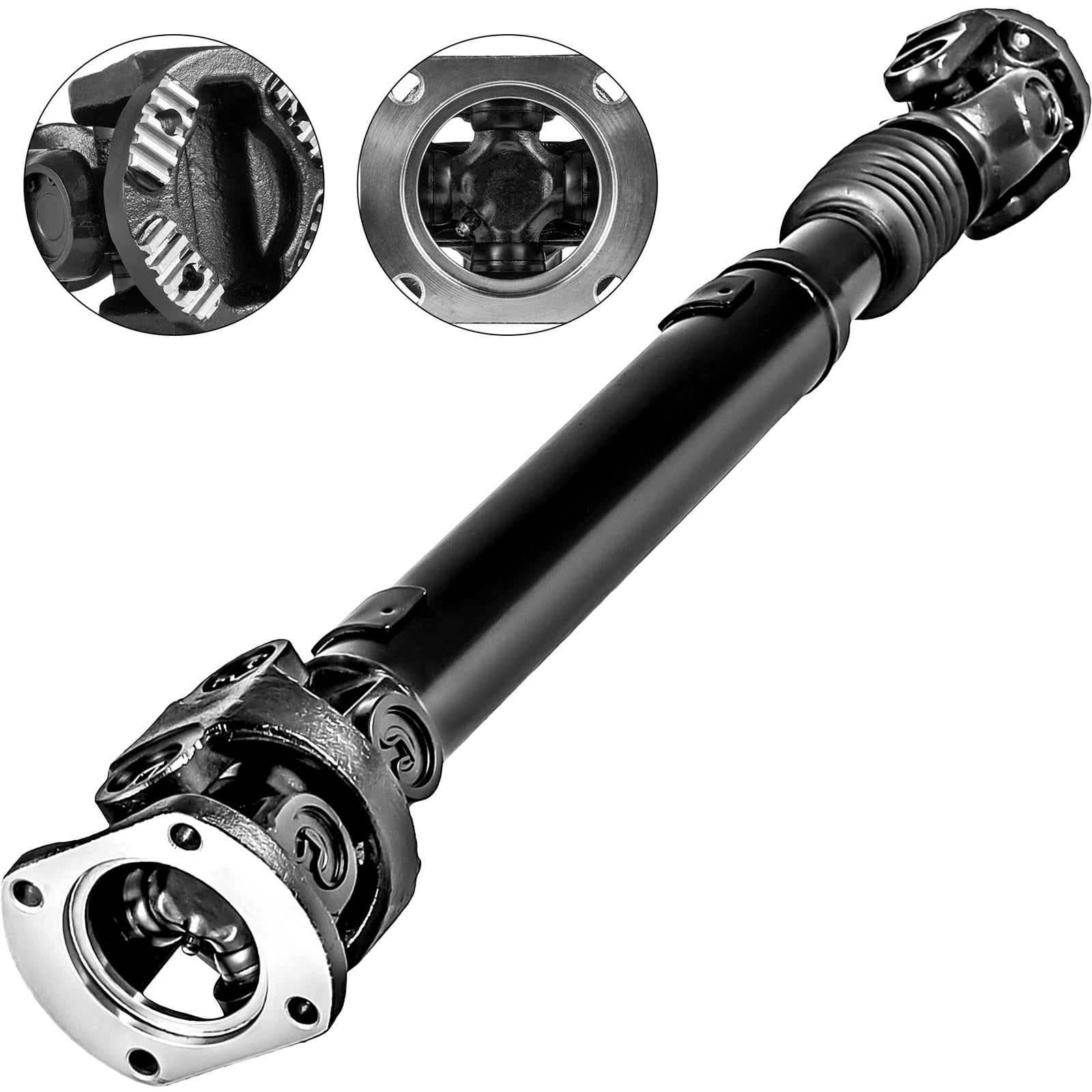

In some non-Porsche models, this places the clutch and transmission at the rear of the car and the drive shaft between them and the engine. Some vehicles (generally sports cars, such as the Chevrolet Corvette C5/ C6/ C7, Alfa Romeo Alfetta and Porsche 924/944/928), seeking improved weight balance between front and rear, use a rear-mounted transaxle. When the vehicle is stationary, the drive shaft does not rotate. Most of these vehicles have a clutch and gearbox (or transmission) mounted directly on the engine, with a drive shaft leading to a final drive in the rear axle. This system became known as Système Panhard after the automobile company Panhard et Levassor which patented it.

Two forms dominate: The torque tube with a single universal joint and the more common Hotchkiss drive with two or more joints. In front-engined, rear-wheel drive vehicles, a longer drive shaft is also required to send power the length of the vehicle. Main article: Front-engine, rear-wheel drive layout A pair of short drive shafts is commonly used to send power from a central differential, transmission, or transaxle to the wheels.Ī truck two section propeller shaft Front-engine, rear-wheel drive Automotive drive shaft Vehicles Īn automobile may use a longitudinal shaft to deliver power from an engine/transmission to the other end of the vehicle before it goes to the wheels. Built in 1901, today this vehicle is in the collection of the Smithsonian Institution. The pioneering automobile industry company, Autocar, was the first to use a drive shaft in a gasoline-powered car. Crompton used the term to refer to the shaft between the transmission of his steam-powered Motor Vehicle of 1903 and the driven axle. In the same year, Clark described his Marine Velocipede using the term to refer to the gear-driven shaft transmitting power through a universal joint to the propeller shaft. In 1899, Bukey used the term to describe the shaft transmitting power from the wheel to the driven machinery by a universal joint in his Horse-Power. In 1891, for example, Battles referred to the shaft between the transmission and driving trucks of his Climax locomotive as the drive shaft, and Stillman referred to the shaft linking the crankshaft to the rear axle of his shaft-driven bicycle as a drive shaft. In the 1890s, the term began to be used in a manner closer to the modern sense. Here, the term refers to the shaft transmitting power from the machine's wheels to the gear train that works the cutting mechanism. Another early use of the term occurs in the 1861 patent reissue for the Watkins and Bryson horse-drawn mowing machine. The term is not used in his original patent. In Stover's 1861 patent reissue for a planing and matching machine, the term is used to refer to the belt-driven shaft by which the machine is driven. The term driveshaft first appeared during the mid-19th century.

To allow for variations in the alignment and distance between the driving and driven components, drive shafts frequently incorporate one or more universal joints, jaw couplings, or rag joints, and sometimes a splined joint or prismatic joint. They must therefore be strong enough to bear the stress, while avoiding too much additional weight as that would in turn increase their inertia. JSTOR ( June 2010) ( Learn how and when to remove this template message)ĭrive shaft with universal joints at each end and a spline in the centre 3D animation of a Cardan shaft in a z-arrangement Škoda 422 rear axle, suspension and drive shaft on display at the Škoda MuseumĪ drive shaft, driveshaft, driving shaft, tailshaft ( Australian English), propeller shaft ( prop shaft), or Cardan shaft (after Girolamo Cardano) is a component for transmitting mechanical power and torque and rotation, usually used to connect other components of a drivetrain that cannot be connected directly because of distance or the need to allow for relative movement between them.Īs torque carriers, drive shafts are subject to torsion and shear stress, equivalent to the difference between the input torque and the load.Unsourced material may be challenged and removed. Please help improve this article by adding citations to reliable sources. This article needs additional citations for verification.


 0 kommentar(er)
0 kommentar(er)
